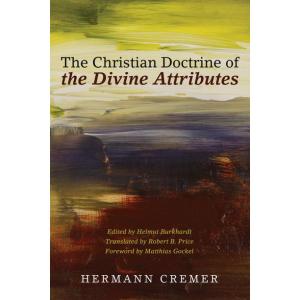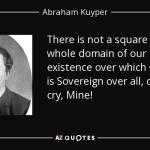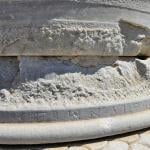Hermann Cremer, The Christian Doctrine of the Divine Attributes, 3: First Series: Divine Attributes Disclosed in Revelation, 2: The Righteousness of God, pp. 43-47
Here I continue discussing Cremer’s treatments of the attributes of God with the second part of “The Righteousness of God.” If you have read these pages (43-47) you may comment. If not, you may ask a question. In about a week I will discuss 3 “The Wisdom of God.”
In these pages Cremer does not really add anything substantial to what he said in the previous pages about the Righteousness of God. Here, however, he is discussing “the view of the New Testament” which, he says, is “the same.” (43)
About the attributes of God he says “Every tone rings when any one of them is struck.” (44) Another tribute to the unity, not the identity, of the divine attributes.
Again, Cremer mentions the “electing love of God” but says “Whoever accepts this act in faith has the righteousness of God for himself.” (44) That is what “election” means. It was it means to be elect. That is also Brunner’s view.
On page 46 Cremer returns to his “starting point”—God’s opposition to our sin.” Then Cremer sums up his definition of the righteousness of God: “The righteousness of God is the activity of his might in judgment, in accordance with his holiness, in favor of those whom he has chosen.” (46)
But who has he chosen? Back to “Whoever accepts this act in faith.”
So, God’s righteousness is not his punitive judgment against sinners but his opposition to our sin revealed in his forgiving grace.
The main “take away” from Cremer’s exposition of God’s righteousness is that it is not God’s moral perfection per se, but his exercise of his right to make repentant sinners right with him in spite of their sin. “God’s mercy is righteousness , and God’s righteousness is mercy.” (36)
This will preach. This is gospel.
*Note: If you choose to comment, make sure your comment is relatively brief (no more than 100 words), on topic, addressed to me, civil and respectful (not hostile or argumentative), and devoid of pictures or links.*














